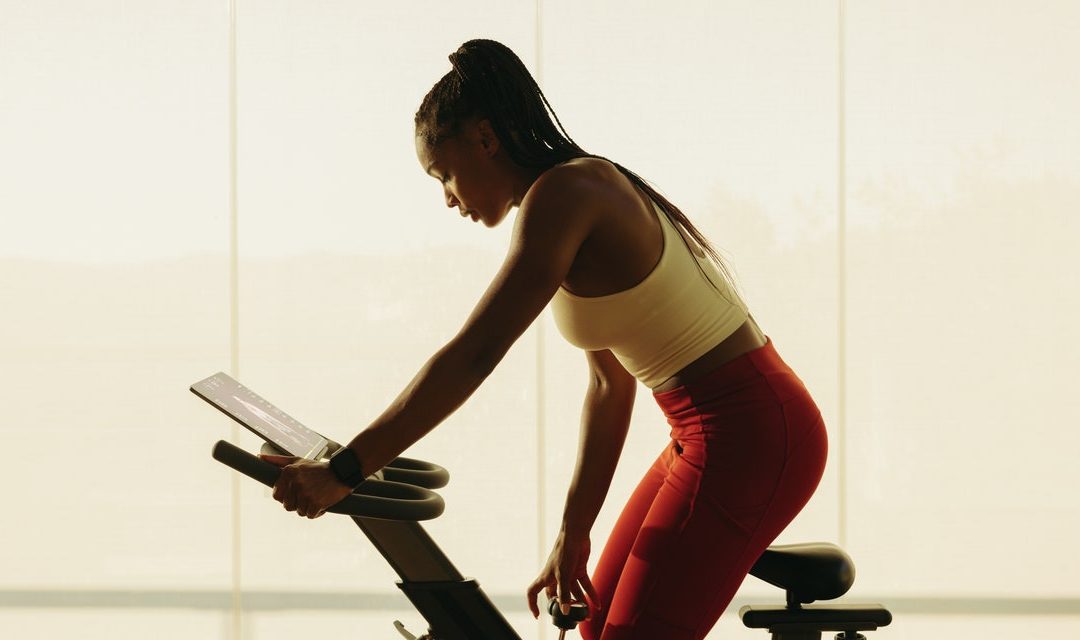You just work your body differently with the two kinds of training. With cycling, your muscles work continuously, but you’re not stressing them with major load. This can help your leg muscles build muscular endurance, NASM-certified trainer and Peloton instructor Jess Sims tells SELF. So hopping on the bike can help build your leg muscles’ ability to keep working hard over a long period of time.
But, says Sims, “If the goal is to get strong, I would not recommend to just take a cycling class.”
To do that, you’d need strength training: During your working sets, you put your muscles under a lot of load for a relatively quick amount of time: those 5, 8, 12, whatever-it-may-be reps. Then you give them rest before you do it all over again. This trains them to gain the kind of strength needed to handle those major loads—it’s what exercise scientists call the principle of specificity.
Even if you crank up the resistance as high as it goes during a hill workout while cycling, that can’t compare to doing hip thrusts or lunges with heavy weights. “Think about the resistance you put on a bike: I just did 10,000 reps—you would never do that with weights,” Schneider says. If you’re able to pull off 10,000 pedal strokes in a cycling class, the load is obviously going to be very different from a strength session that asks for just 10 reps.
All in all? Cycling “is definitely not a substitute for a leg day,” Sims says.
But strength training will make you an even better cyclist.
Studies show that cyclists of all genders can benefit from strength training. “If you want to be a stronger cyclist, then you have to strength train,” Schneider says.
Sims points out that folks who only cycle miss out on unilateral movement, or exercises that challenge one side of the body at a time. This is important because it’s easy for one side to pick up extra slack in activities like cycling or rowing that use both legs. “Over time, if you don’t correct that, then you are just adding to the dysfunction,” she says. And that can lead to injury or strain since the stronger side will take on more than its fair share of the work.
On the other hand, if you single out one side of the body at a time, you can be deliberate about strengthening both equally so you don’t end up with imbalances. “And if you have stronger quads and hamstrings and glutes, you’re going to have more power on the bike,” Sims says.
Strength training also forces you to move in bigger ranges and in more directions than the one repetitive motion you do during a traditional cycling session. “If all you do is cycle, you have no lateral movement,” Schneider says, as an example. That means that your body is less prepared to handle the varied movements you might encounter in a Zumba class, or on a hike, or when you’re trying to avoid tripping over your kids’ toys.
Strength training and cycling can complement each other—if you’re strategic.
As Sims puts it, “Cycling is cardio and strength is strength.” The Physical Activity Guidelines for Americans recommend getting at least 150 minutes of moderate-intensity cardio (or 75 minutes at vigorous intensity) and two or more days of strength training per week. Meaning: You need to do both kinds of workouts to gain well-rounded fitness.

